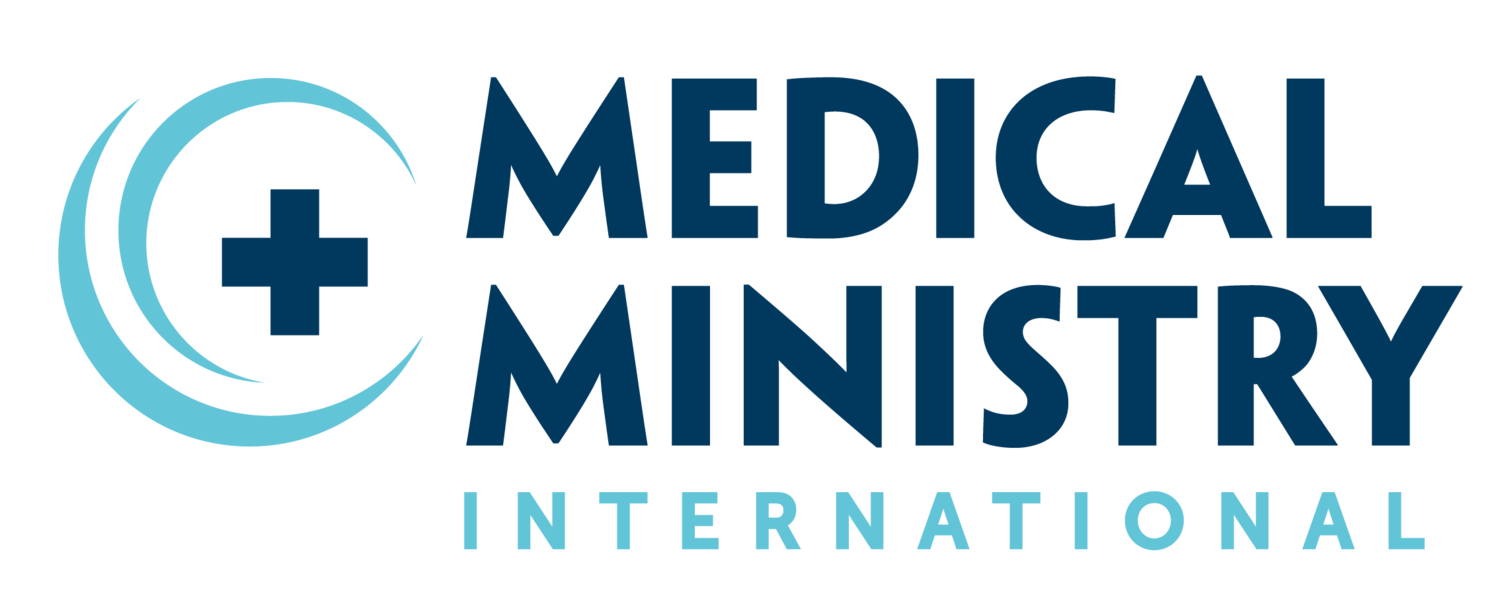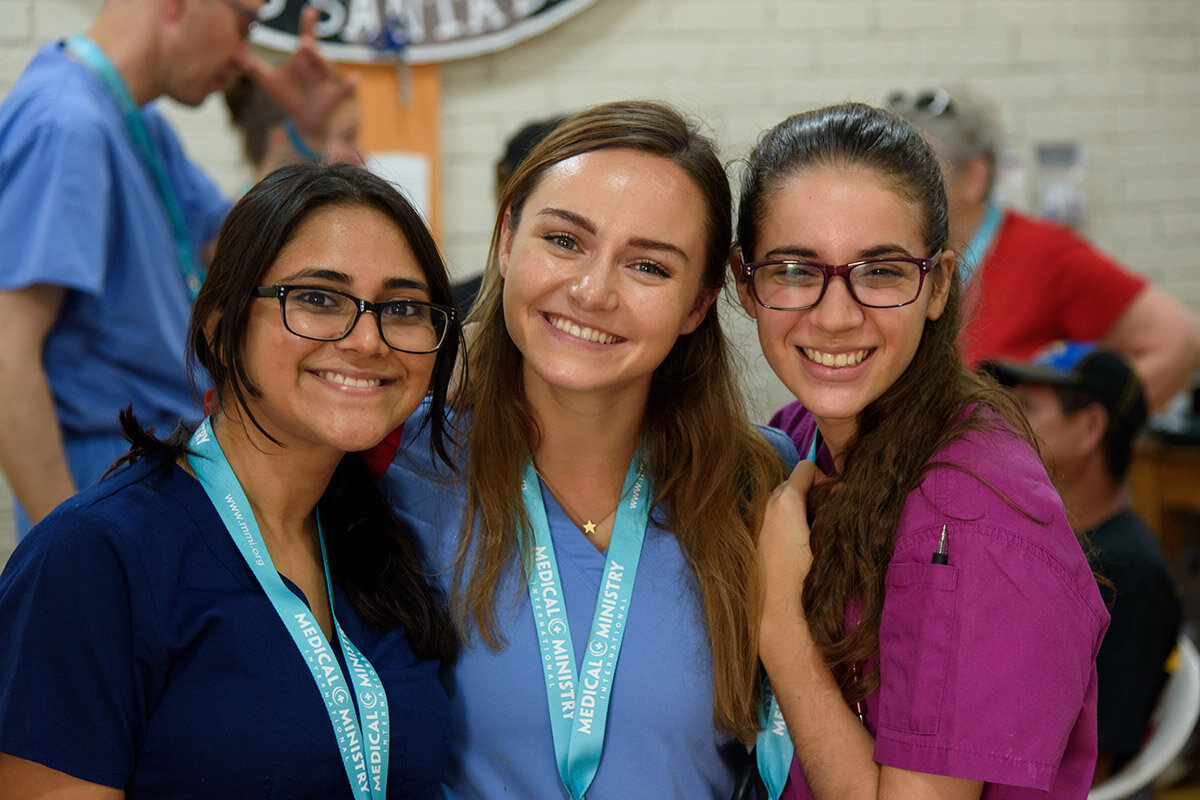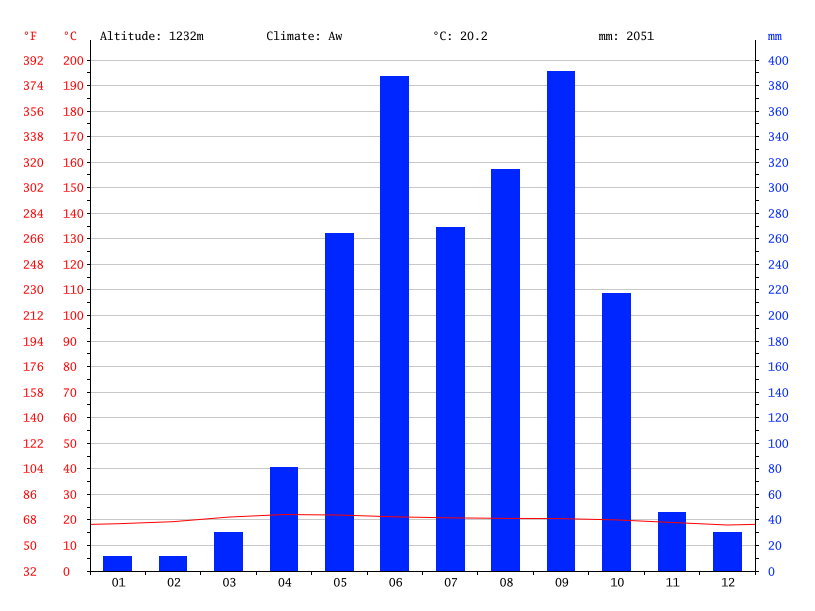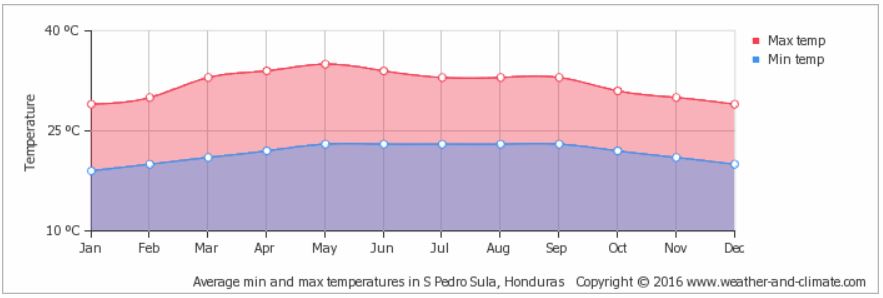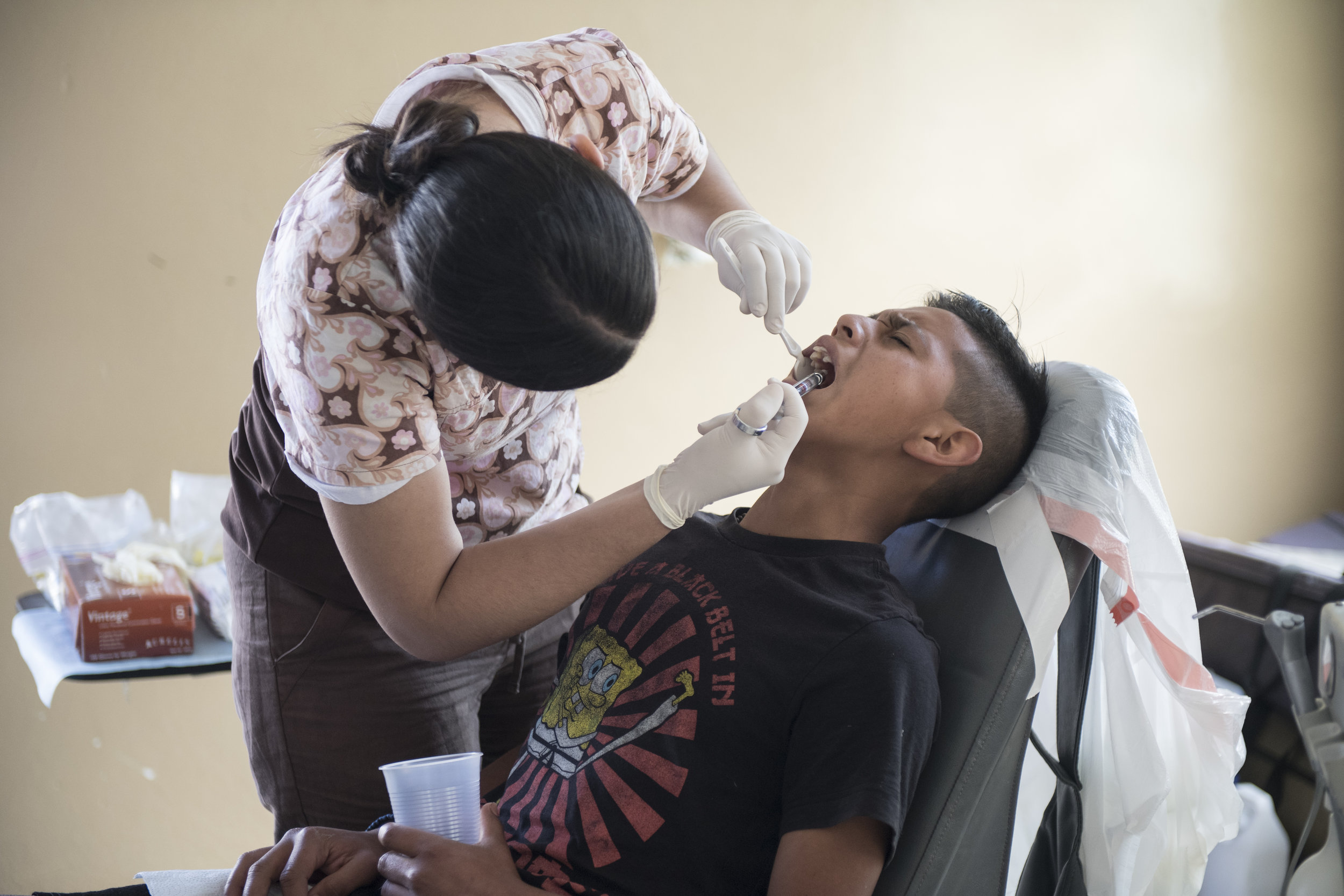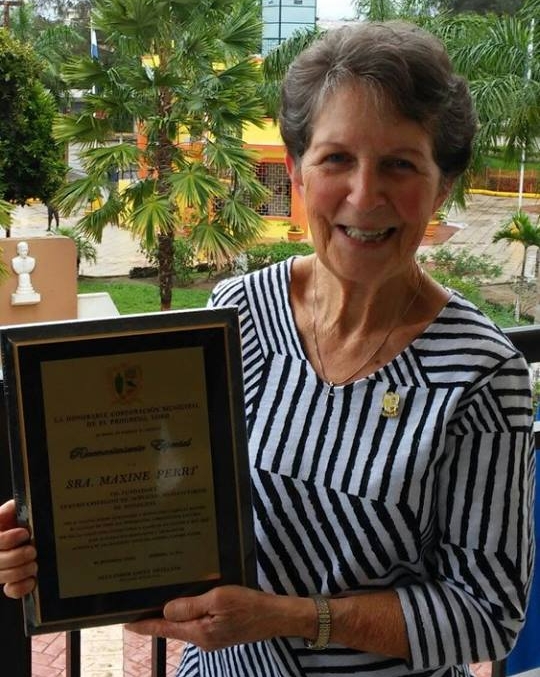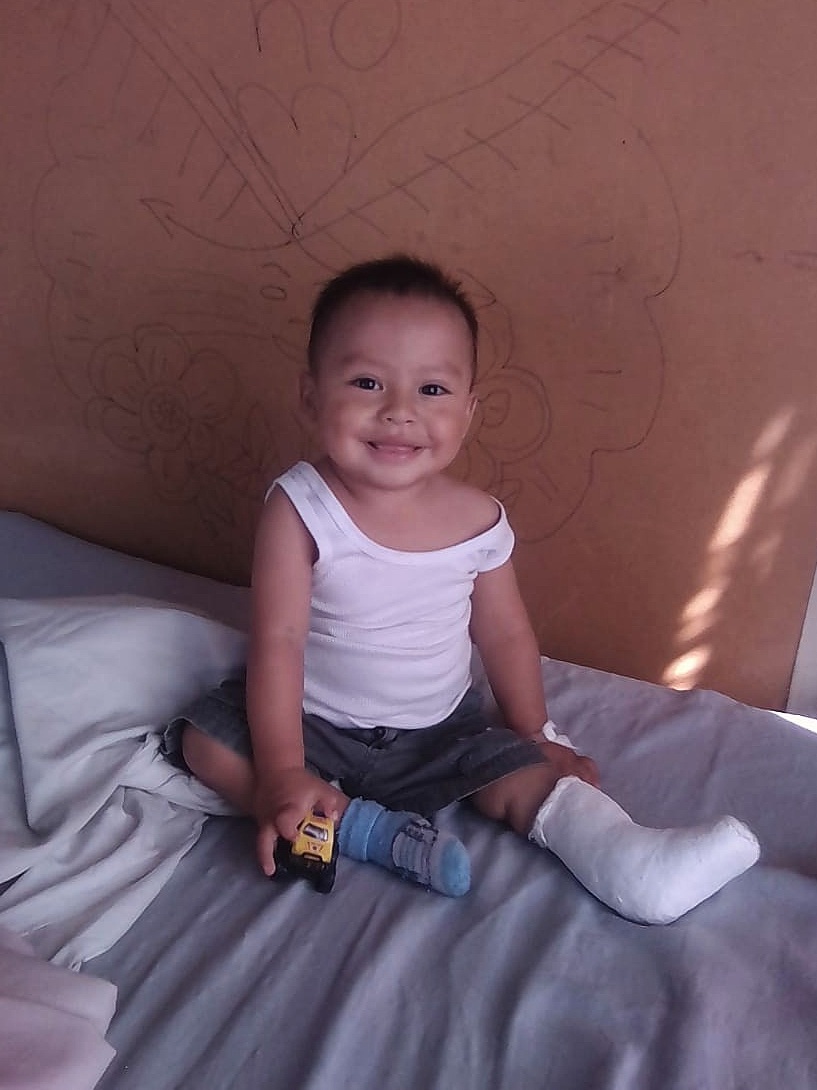Medical Ministry International in Honduras
In the early 1970’s, Dr. Napolean Alcerro (the third Vice President of Honduras), had a vision to help those living in poverty in his country and provide a source for basic medical care. He then secured an official invitation to bring a Medical Ministry International medical brigade to Honduras.
Daniel and Ruth Castro have provided leadership for over 20 years for Medical Ministry International's one and two week projects.
Ruth & Daniel Castro
Gustavo Elicegui
Since 2004, Gustavo & Mildred Elicegui have served as Project Directors in Honduras. Mildred is a Family Practice Physician and serves on our project teams. They live in San Pedro Sula and have two boys.
Project Sites:
Corquín, Copán
Corquín is a municipality in the Honduran department of Copán. The population of Corquín is approximately 17,147. Copán is well known for its tobacco and fine cigars.
* Project Description: Teams stay in a camp center on this project. Each day, a mobile clinic with a triage area, consultation rooms, dental area, eye examination area, and health education area is set up. The conditions of the facilities where we set up clinic are very simple and basic. Many of the patients that come do not receive regular medical and dental care, so all kinds of health problems can be seen. Common complaints include gastritis, arthritis pain, lower back pain, skin problems, and dehydration.
Elevation
1435m (4707ft)
Climate
Corquín's climate is classified as tropical. The summers have a good deal of rainfall, while the winters have very little.
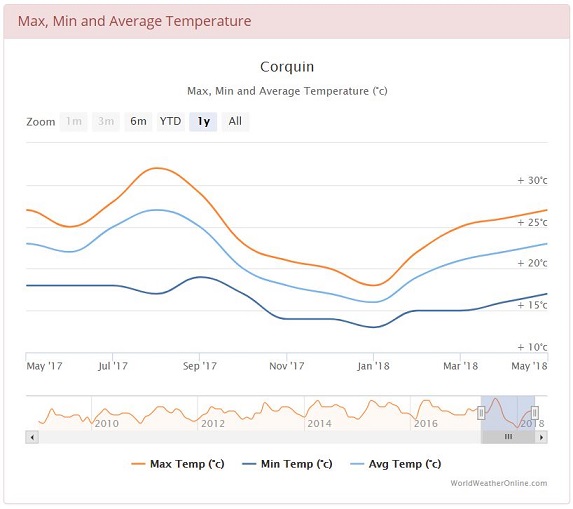
Travelling on a Project
Centro Cristiano de Servicios Humanitarios de Honduras (CCSHH)
Centro Cristiano de Servicios Humanitarios de Honduras (CCSHH) is located in El Progreso, Honduras. Established in 1997 by the late Dr. Douglas Perry and his wife Maxine in collaboration with Rev Daniel and Ruth Castro, Directors of Sociedad Medica Cristiana and funded by Medical Ministry International and the Church of the Palms in Sarasota, Florida. Melvin Tejada serves as the Hospital Director.
In June 2017, the CCSHH Eye Clinic developed a pediatric ophthalmic unit. The area serves more than 3,000 children per year with various visual pathologies. The pediatric unit has two examination rooms adapted especially for children, as well as a waiting room which is a growing project. With this new unit, CCSHH now has the opportunity to host visiting pediatric ophthalmologists that would like to be involved with CCSHH. The CCSHH also celebrated their 20 year anniversary in 2017.
This clinic treats approximately 12,000 patients a year.
Maxine Perry, Co-founder
Dedication of new Pediatric Renovation
Patient Story: Ángel Gabriel
Pictured left: When Ángel Gabriel was born, his umbilical cord was wrapped around his leg, causing malformation of the muscles. He underwent multiple surgeries, but they didn't appear to improve any function.
In November 2018, Ángel (20 months old) and his mother came to the MMI clinic in Corquín Copán. After being seen by one of the Honduran doctors, Dr. Maritza López Oviedo, it was determined another surgery (equinovarus foot surgery) could help.
Ángel’s mother provides for her family by cutting coffee in the harvest season, but this income was not enough to afford the necessary surgery for Ángel. Dr. Oviedo explained the situation to the MMI project team, and they generously provided money for the surgery, as well as food and transportation.
In January, with coordination from MMI Honduras Director, Gustavo Elicegui, Ángel received the surgery he needed. The surgery was successful!
In the words of Charlotte, an MMI volunteer on the Corquin Copan project: “More surgery and therapy may be needed, but with God's love and the help of those around him, he will live a happy and productive life.”
About Honduras
COUNTRY BACKGROUND
Honduras, officially the Republic of Honduras, is a republic in Central America. Honduras has a population of approximately 8 million people with primarily Spanish ancestry, alongside small amounts of Garifuna and Mesoamerican Mayan descendants. The economy has one of the highest growth rates in Latin America, but wealth polarization and unemployment are also high. According to the Human Development Index, Honduras is the sixth least-developed country, and 50% of its population live below the poverty line. Hurricane Mitch in 1998, floods in 2008, and the constitutional crisis in 2009 has meant that infrastructure and development has suffered.
However, Honduras is emerging on the global stage as a textile exporter and tourist destination. Honduras is particularly known for its variety of climate zones: interior mountains, Carribbean and Pacific coasts, and Carribbean islands. The region is considered a biodiversity hotspot because of the many plant and animal species found in the reserves, rain forests, cloud forests, mangroves, savannas, and mountain ranges. Roátan in the Bay Islands, as home to the world’s second-largest coral reef, is particularly valued for it pristine and inexpensive experience. Honduras is also a historical hot-spot for Mayan ruins, and known for its love of football.
LOCATION:
Central America, between Guatemala and Nicaragua
GEOGRAPHIC COORDINATES:
15 00 N, 86 30 W
MAP REFERENCES:
Central American and Caribbean
TOTAL AREA:
112,492 km²
BORDER COUNTRIES:
Guatemala, El Salvador, Nicaragua
COASTLINE:
823 km (Caribbean Sea 669 km, Gulf of Fonseca 163 km)
MARITIME CLAIMS:
12 nautical miles
CLIMATE:
Subtropical in lowlands, temperate in mountains
TERRAIN:
Mostly mountains in interior, narrow coastal plains
ELEVATION EXTREMES
LOWEST POINT:
Caribbean Sea - 0 m
HIGHEST POINT:
Cerro Las Minas - 2,870 m
